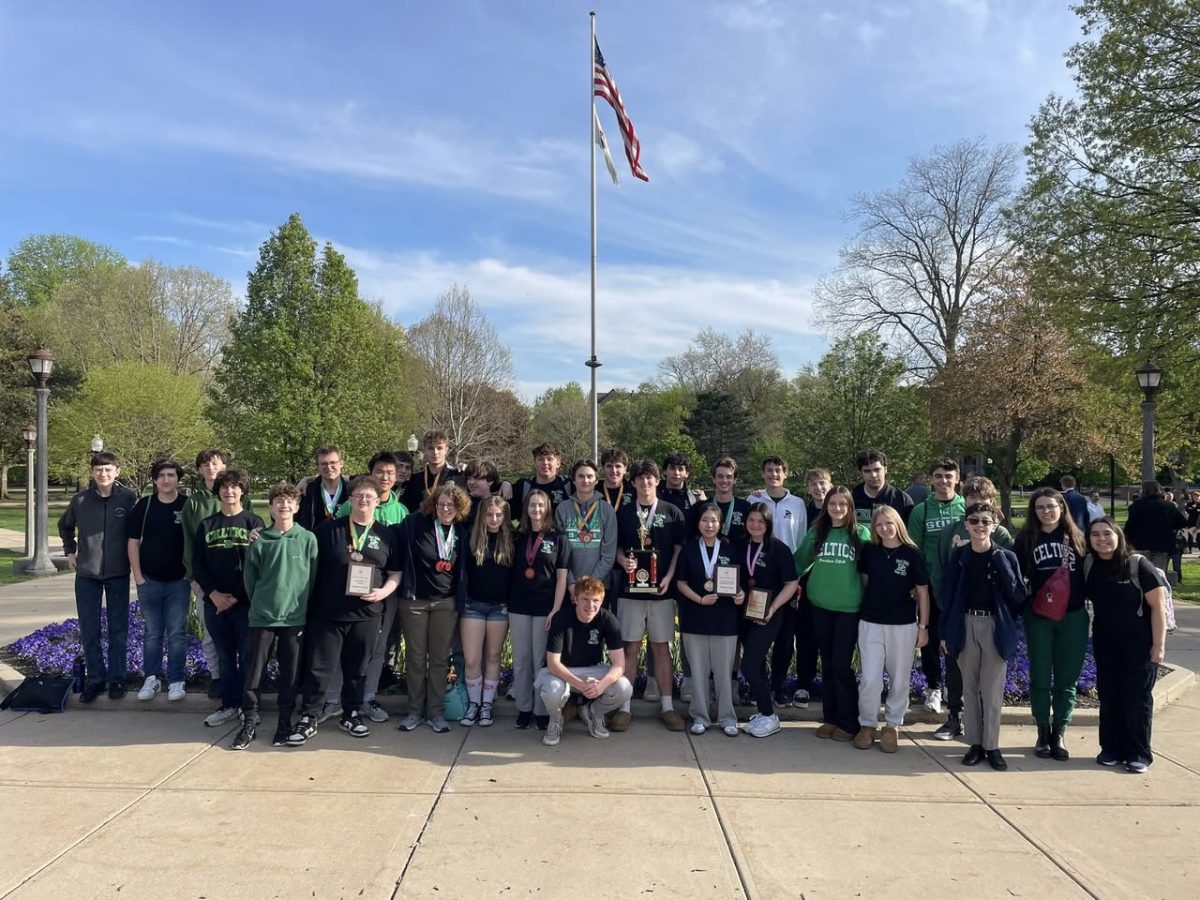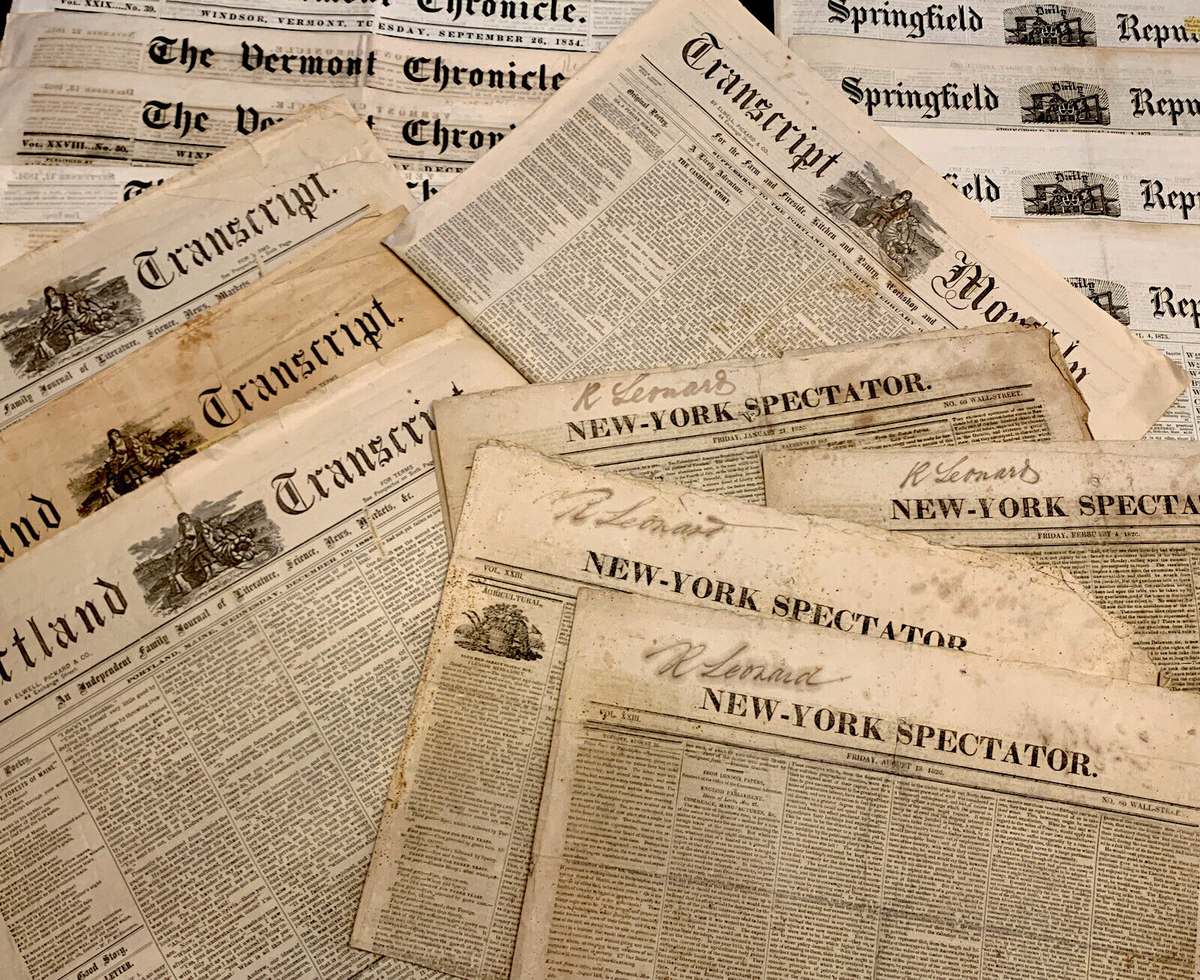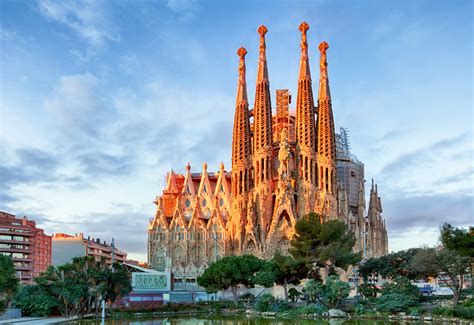The History of Valentine’s Day
Although love has been celebrated for centuries, Valentine’s Day is the one day that truly embodies romance. This beloved celebration has a long history that dates back to the Roman Empire. Valentine’s Day is said to be named for St. Valentine, a brave priest who disobeyed Emperor Claudius II’s ban on young men getting married. St. Valentine secretly performed weddings because he believed in the power of love, which ultimately led to his capture and execution on February 14. The day came to represent the victory of love over misfortune.
Let’s go back to the Middle Ages when Valentine’s Day started to be connected to courtly love and poetry. Royal knights would present gifts of affection to their sweethearts, and poets would write poems praising the qualities of love. As handwritten love notes, or “valentines,” became more common, they helped establish the emotive customs we still follow today.
Valentine’s Day gained popularity in the 18th century when mass-produced cards and gift exchanges became commonplace. As the “Mother of the American Valentine,” Esther Howland transformed the holiday by introducing beautifully designed cards that featured vibrant pictures and lace accents. This signaled the start of a thriving sector devoted to conveying love and affection via kind words.
During the 20th century, Valentine’s Day became an international event. Crossing cultural barriers and exchanging cards, flowers, and chocolates became common. Valentine’s Day became an official day to honor love in all its manifestations, thanks to romantic films and love songs that further popularized the holiday. These days, the occasion serves as a means of showing gratitude to friends and family, in addition to celebrating romantic love.
In conclusion, Valentine’s Day has a fascinating, centuries-long past. This day has persisted and changed over time, from the defiant deeds of St. Valentine to the commercialized displays of love in the present day. It acts as a reminder that love is a strong force that can uplift people’s spirits and conquer challenges. Therefore, let’s remember the rich historical fabric that contributes to Valentine’s Day being a timeless celebration of love as we exchange cards and other gestures of affection.















